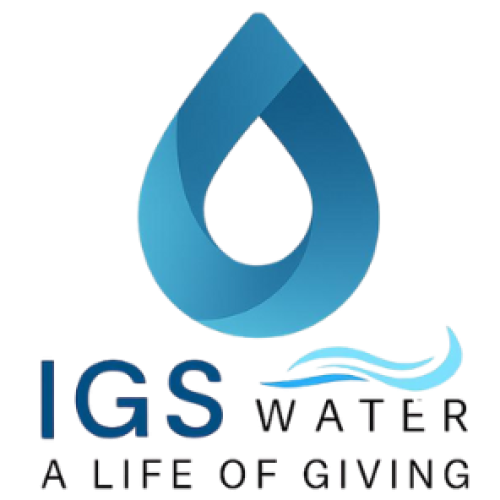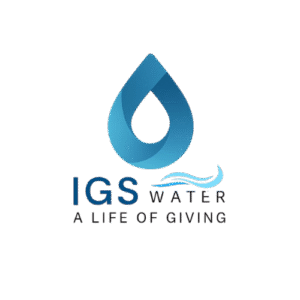Agriculture is the backbone of our food supply, and water quality plays a critical role in crop health and productivity. In recent years, farmers have been looking for innovative, sustainable solutions to improve irrigation efficiency, reduce chemical use, and boost yields. One technology making waves in this space is nanobubble technology.
What Are Nanobubbles?
Nanobubbles are extremely small gas bubbles, less than 200 nanometers in size, that stay suspended in water for long periods. Unlike regular bubbles, they don’t rise and burst quickly — instead, they remain stable, providing continuous benefits to the water they occupy.
Why Farmers Are Turning to Nanobubbles
When applied to irrigation systems, nanobubbles can:
- Increase dissolved oxygen (DO) levels in water, improving root respiration and nutrient uptake.
- Reduce algae growth in irrigation channels and reservoirs by creating less favorable conditions for bloom formation.
- Enhance nutrient efficiency, meaning plants absorb more of what’s applied, reducing waste.
- Improve soil health by stimulating beneficial microbial activity.
Sustainability Benefits
Using nanobubble technology in agriculture means less reliance on chemical treatments and fertilizers, which reduces runoff into rivers and lakes. This makes farming not only more productive but also more environmentally friendly.
IGS Water’s Role
At IGS Water, our advanced nanobubble systems are designed to integrate seamlessly with existing irrigation infrastructure. Our solutions are energy-efficient, clog-resistant, and capable of delivering consistent performance even in water with high solid concentrations.
By partnering with farmers, we’re helping create healthier crops, better yields, and a reduced environmental footprint.

